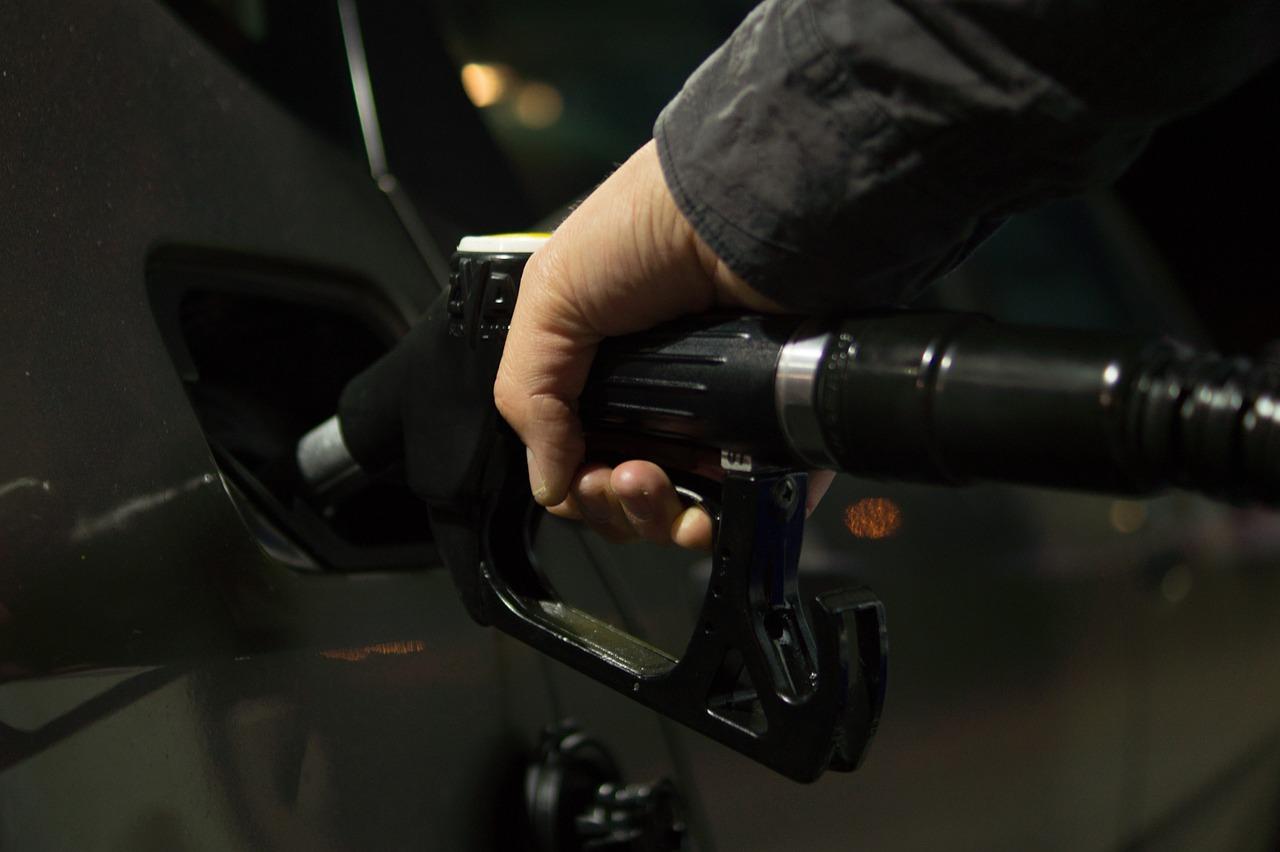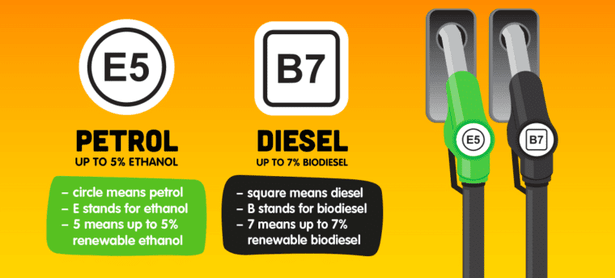Same Fuel, New Label

Same Fuel, New Label: You will have noticed a new fuel labelling system at petrol stations.
The Know Your Fuel initiative was first launched in June by the Department for Transport, with the aim of educating drivers on the impact of their journeys and the environment.
Fuel stations across the UK have been rolling out the new labelling system on petrol and diesel pumps, though they should now be universal as the campaign became mandatory from 1st September 2019.
Whilst the fuel is the same as it was last month, it is important to understand the new labels to prevent using the incorrect pump the next time you fill up your car.
The eco-friendly initiative is part of the UK Government’s commitment to end the sale of diesel and petrol cars by 2040 – with renewable fuel alternatives playing a “crucial role” in the transition to electric cars.
This promotion of biofuels is particularly on trend as around 1.6 billion litres of renewable transport fuel were already supplied to the UK last year.
It is not just relevant to local fuel stations, we will also need to familiarise ourselves with the new EU-wide labels to prevent filling up with the wrong fuel whilst abroad.
What are biofuels?
Biofuels are made from a range of materials, including oil and fat, and can reduce greenhouse gas emissions by up to 90% – as opposed to fossil fuels such as standard petrol and diesel.
Such eco-friendly fuel plays a big part in the transition to electric vehicles and is often sourced from sewage systems and water treatment works.
These renewable options, such as biodiesel and ethanol, have been blended with petrol and diesel in the UK for the past 10 years.
This leads to a reduction in overall carbon dioxide emissions and helps the country meet climate change targets.
In fact, last year alone, blending renewable fuels in this way contributed to a CO emissions reduction equivalent of taking over 1 million cars off the road.
The new labels explained

With greenhouse gas emissions in mind, the Government has introduced the new initiative to highlight the crucial role of biofuels in the fight against climate change.
The scheme will mean that petrol is now labelled as E5, whilst diesel features the label B7.
And whilst the code may seem random, the letter, number and new shapes actually reveal a lot about the pump’s content.
For example, motorists can easily distinguish between petrol (circle) and diesel (square) as a result of universally introduced shapes.
Whilst the letter and number instead depict the type of renewable energy and the maximum percentage contained.
The previously mentioned examples therefore identify ethanol up to 5% (‘E5’) and biodiesel up to 7% (‘B7’).
Such identification is set to become even more important in increasing consumer awareness of alternatives to traditional fuel as even greener options come into the market.
This includes the introduction of E10, which is a petrol grade with up to 10% renewable ethanol – which is expected to become available in the UK in the future.
At the launch of the initiative in June, Transport Minister Michael Ellis said that drivers “should be aware of the environment impact of their travel choices,” with the labels acting as a reminder of the importance of decarbonising transport.
He added: “Biofuels are a key way of achieving the emissions reductions the UK needs, and their use reduced CO2 emissions by 2.7 million tonnes last year alone – the equivalent of taking around 1.2 million cars off the road.
“Our new campaign will help drivers understand the role of biofuels, while also choosing the right fuel for their vehicle at home and abroad.”
